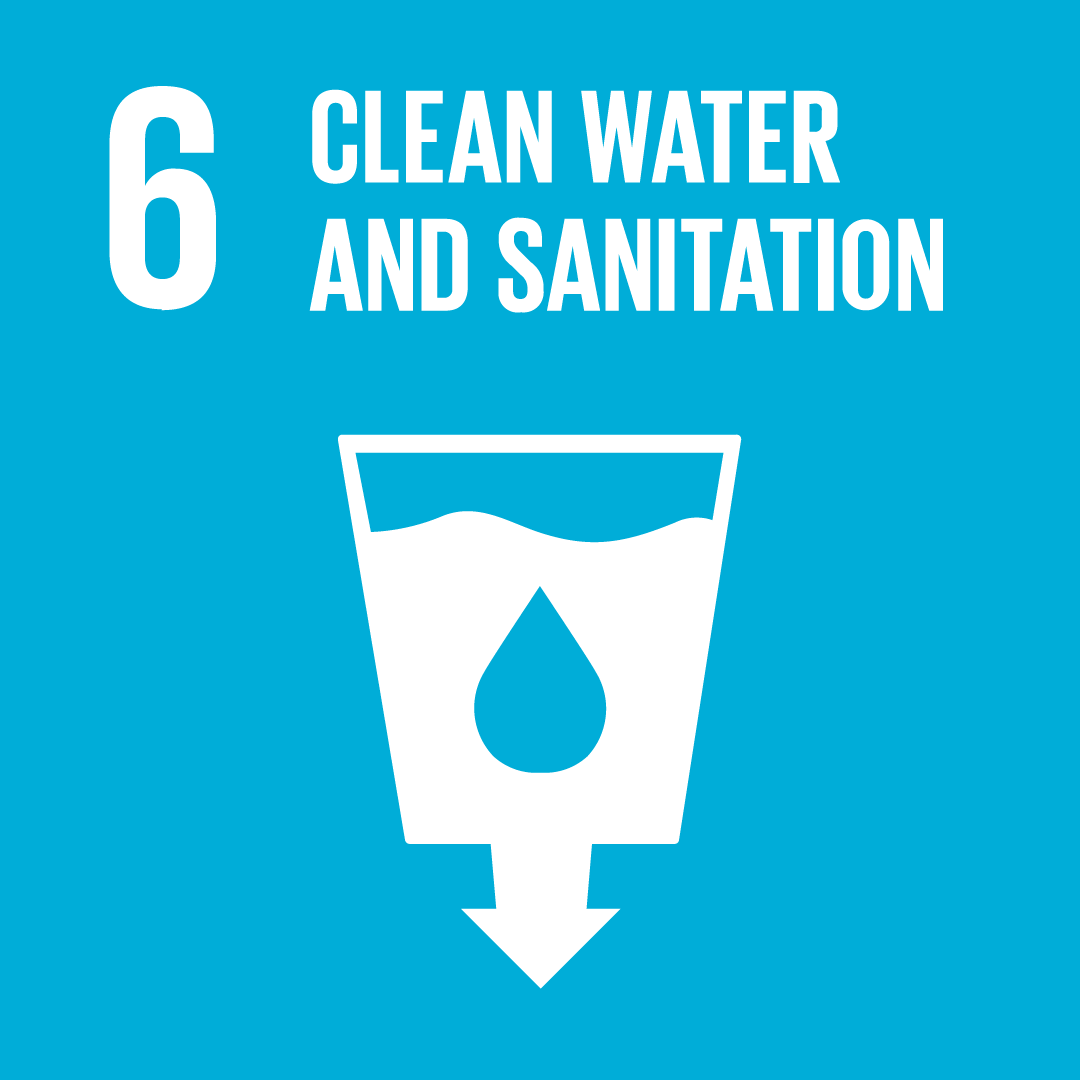- Letter from the Board of Directors
- Management report
- Key figures
- Foundations for success
- Business model
- Strategy 2030+
- Risk management
- Stakeholders
- TCFD report
- Sustainability
- ESG governance
- Material topics and SDGs
- Economic impact
- Environmental impact
- Social impact
- Governance
- Corporate governance
- Board of Directors
- Management Board
- Additional information
- Remuneration
- Remuneration report
- Notes to the report
- CO reference table
- Statement by the Board of Directors
- GRI content index
- Due diligence and transparency
- Financial report 2024
- Vetropack Group
- Consolidated balance sheet
- Consolidated income statement
- Consolidated cash flow statement
- Changes in consolidated shareholders’ equity
- Consolidation principles
- Valuation principles
- Notes
- Ownership structure
- Company participations
- Alternative performance measures
- Five-year overview
- Vetropack Holding Ltd
- Systematic monitoring of water withdrawal, water consumption and water discharge
- Water is used largely in closed loops for cooling purposes
- Site-specific water purification systems to comply with local environmental laws
“
Vetropack mainly uses water in closed loops; we aim to keep our water consumption as low as possible, and we ensure that our wastewater discharge is compliant with legal requirements.
Nicolas Lootens, Group Sustainability Manager
SustainabilityWater
In order to manufacture glass packaging, we mainly use water for cooling purposes and, whenever possible, we implement closed water loops. Efficient and responsible water management is constantly becoming more important for us, especially in view of the increase in droughts due to climate change.
The material topic of water comprises water withdrawal, water consumption and water discharge. At Vetropack, we mainly use water in the form of cooling water for our production processes. To a large extent, water for glass production circulates in closed loops: this means that water withdrawal, consumption and discharge are limited and the risk of water contamination is low. On the other hand, the effects of climate change are changing the availability of water – and this can also impact our production. In the long term, statutory requirements or orders to restrict water usage could present a risk. This makes it all the more important that we should already adopt a responsible approach to water as a resource today.
Concepts, policies and measures
Systematic water management
We view measurement and monitoring of water withdrawal, water consumption, water quality and water discharge as core elements of systematic water management. In the course of implementing the recommendations of the Task Force on Climate-related Financial Disclosures (TCFD), we have identified changes in the availability of water as a material climate-related physical risk. This makes it all the more important not only to implement the legal requirements regarding water use, wastewater treatment and wastewater discharge, but also to reduce our water consumption.
Health, safety and environmental policy
A responsible approach to natural resources such as water is enshrined in our Group-wide Health, safety and environmental policy. In addition to compliance with requirements stipulated by environmental legislation, the policy requires us to avoid negative impacts on water such as pollution or excessive consumption.
The Group Sustainability Manager is responsible for strategic orientation in respect of water as a material topic. The main responsibility for implementing the legal requirements lies with the Engineering and Production departments and the Integrated Management Systems department. The teams at our plants implement the local requirements.
Water in glass production
In glass production, water is mainly used as a coolant for the machines. For the most part, the water circulates in closed loops.
Outside of the production processes, we need water to clean the plastic pads that are used multiple times as part of our Holistic Pallet and Pad Management (HPPM) system. As described in the Supply chain management section, our Procurement policy states that we take account of environmental criteria when purchasing new plant and machinery. This includes water consumption.
To cut the gobs with the shears, as they are known, we use oils or emulsions. As the cutting takes place, these additives can end up in the water network. This is why our water treatment systems ensure that the water does not exceed the legally stipulated limit values for wastewater discharge. We perform regular analyses to check the water quality. These also include checks on the water temperature: to meet legal requirements, we measure the temperature of the water before we introduce it into municipal systems. In case of deviations in water quality, we implement measures in collaboration with the responsible local authorities.

Performance indicators
Water consumption
Water in m 3
Change
2024
in %
2023
in %
Total water withdrawal
4%
1 258 999
1 210 010
Surface water (incl. collected rain water)
– 17%
47 259
4%
56 899
5%
Groundwater
2%
819 564
65%
800 852
66%
Third-party water (i.e. municipal water supply)
11%
392 176
31%
352 258
29%
Total water discharge
5%
1 074 085
1 020 014
Surface water
130%
394 780
37%
171 992
17%
Third-party water (i.e. wastewater treatment plants)
– 20%
679 305
63%
848 022
83%
Total water consumption
– 3%
184 914
189 995
Water intensity in m 3 per metric ton of glass produced 1)
1%
0.88
0.87
1) The specific water intensity was calculated on the basis of m³ withdrawal per metric ton of glass produced that satisfies all quality and safety requirements thus qualifying for sale.
- Vetropack Group
- Corporate governance
- Governance
- Social impact
- Environmental impact